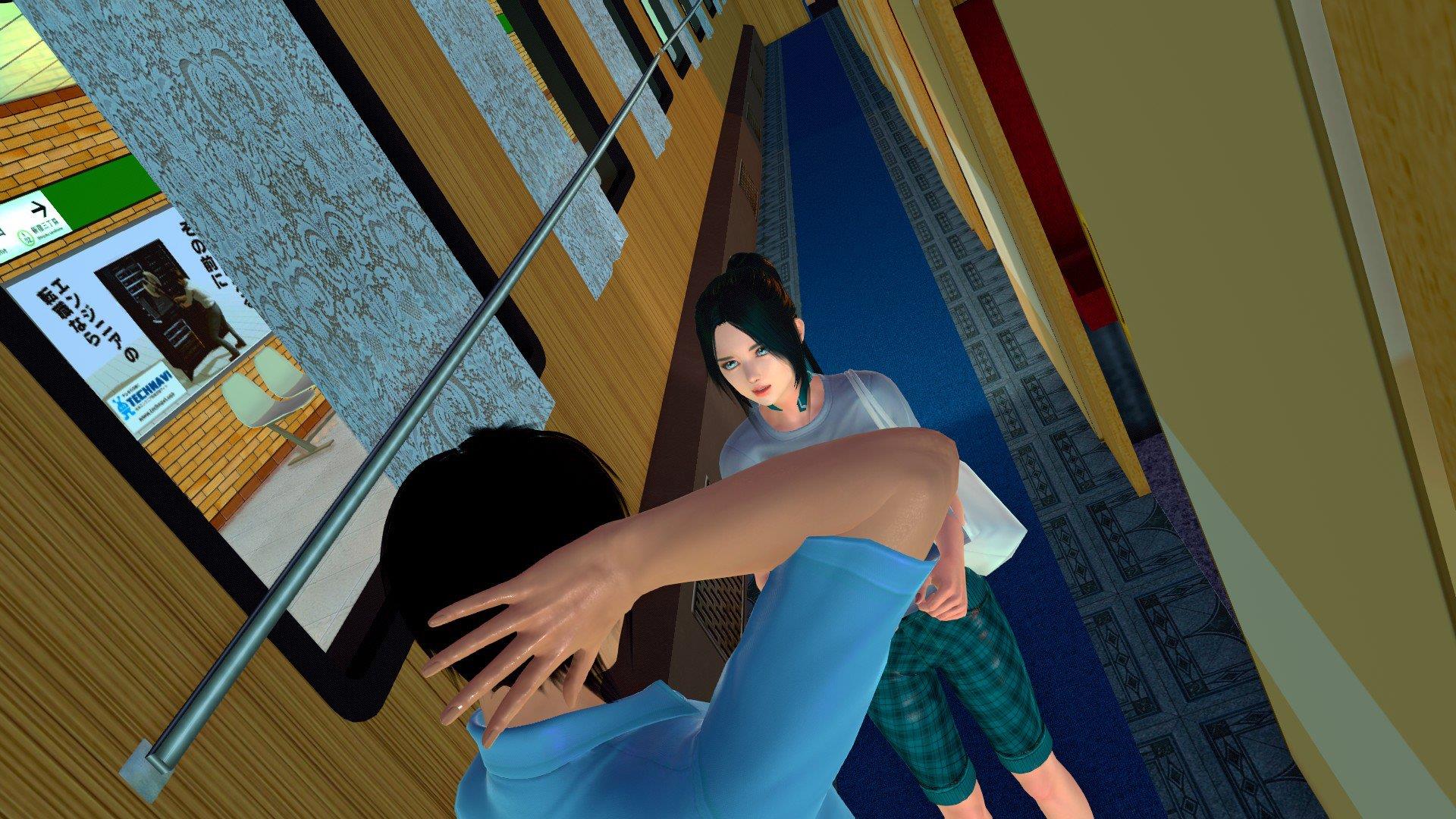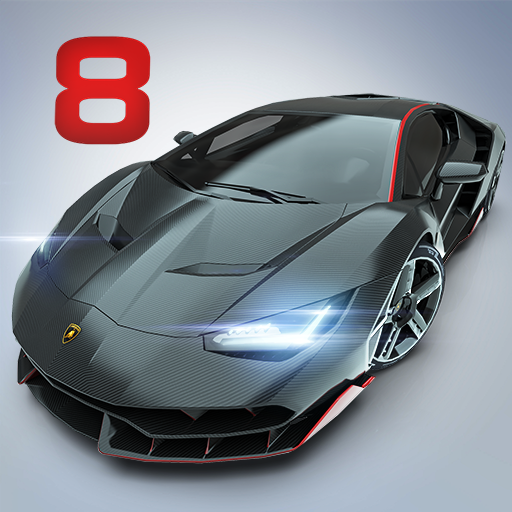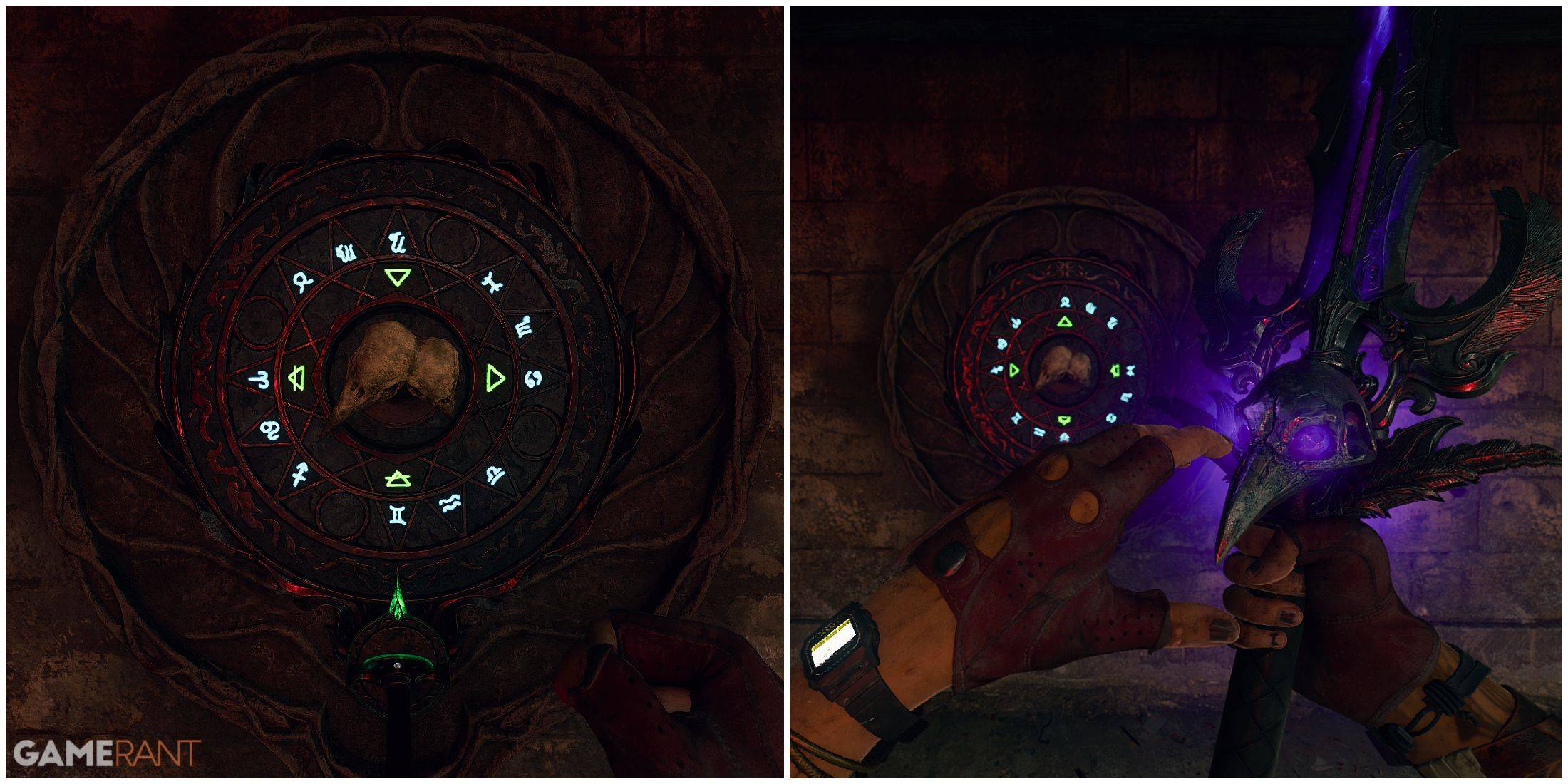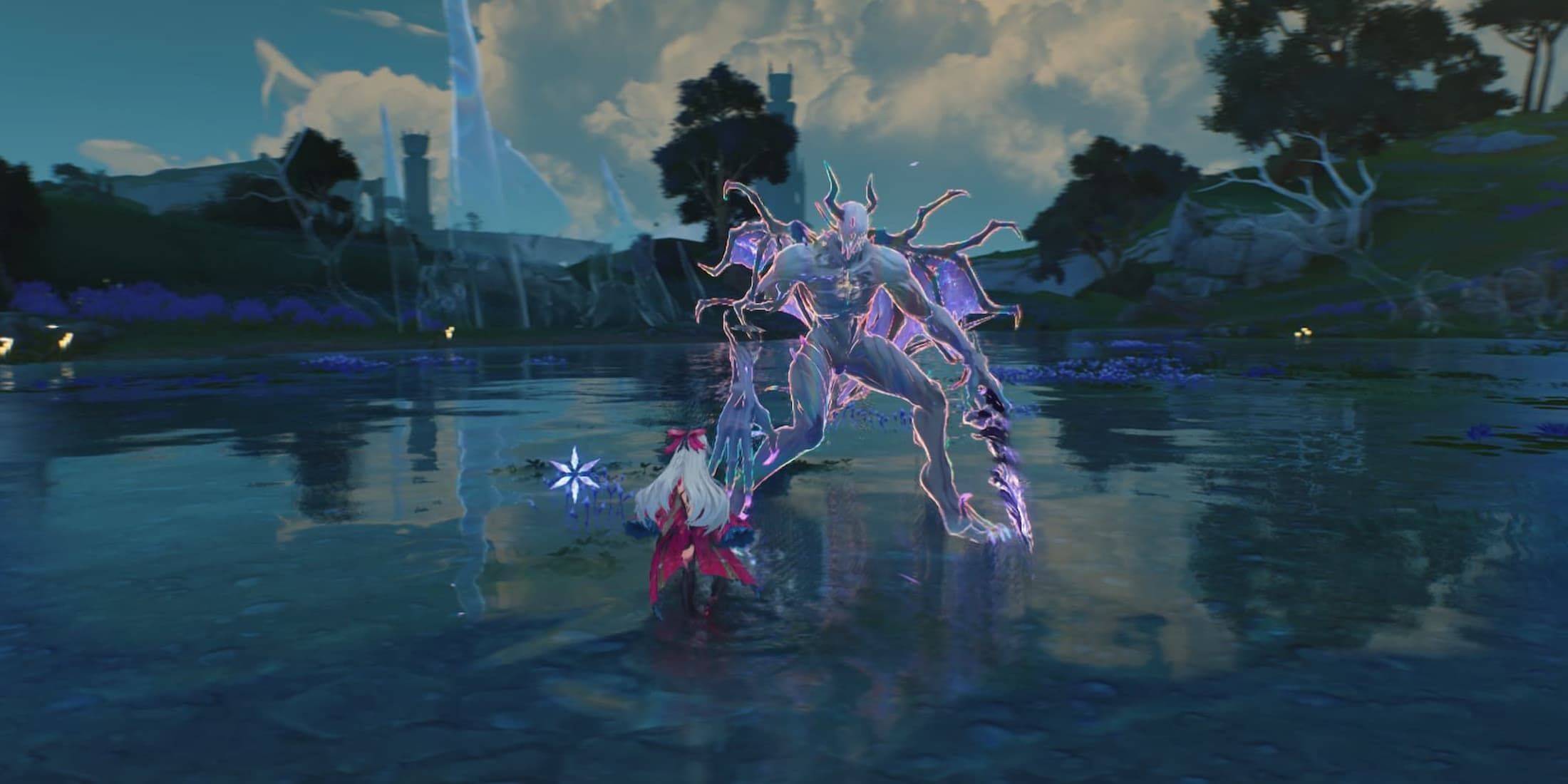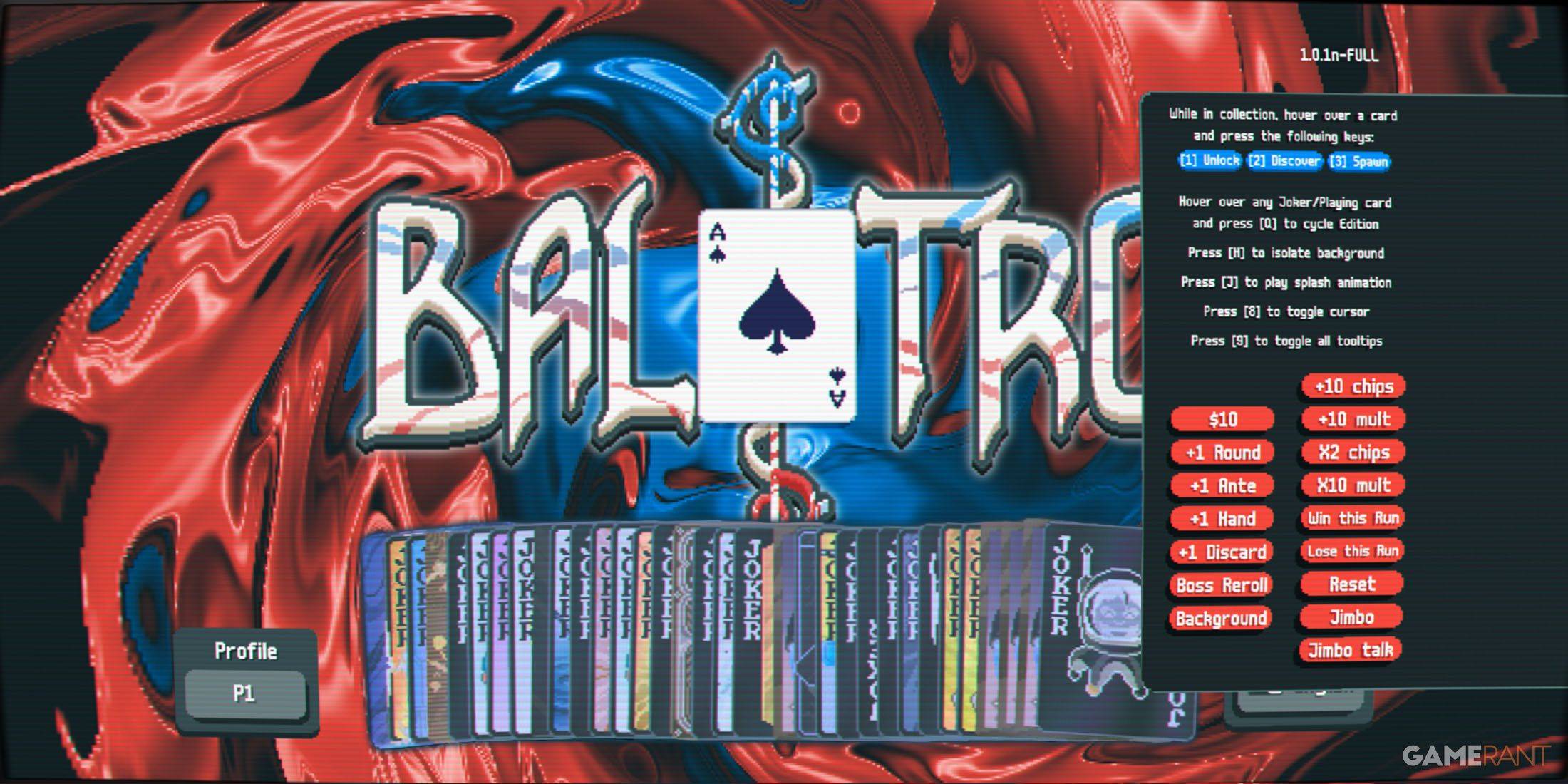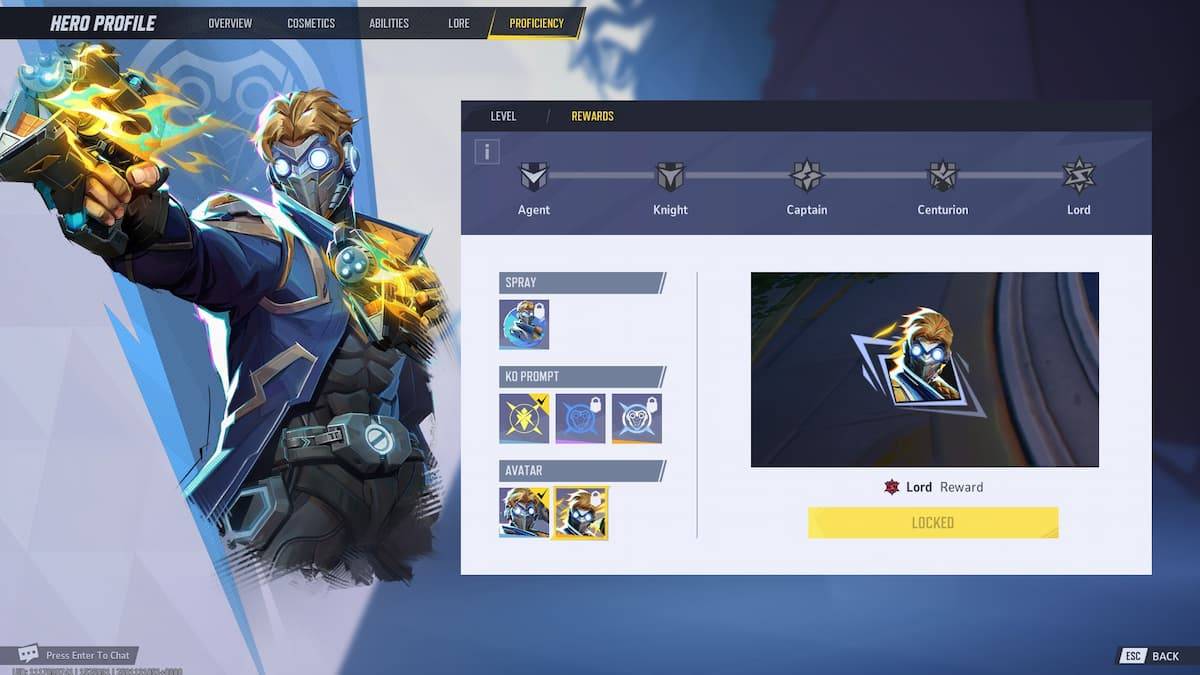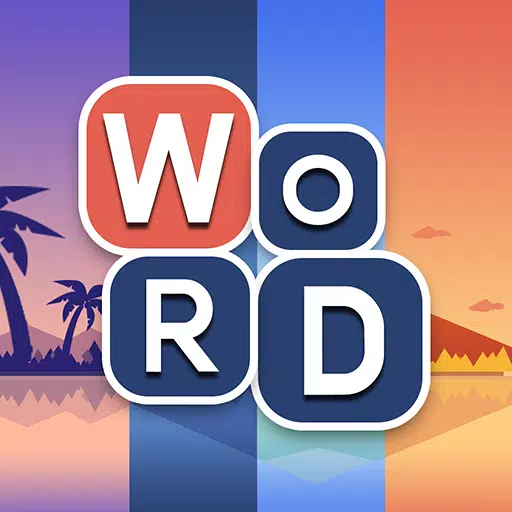Mario Kart 9 Glimpse Indicates Nintendo Switch 2's Superior Power
The recent grand reveal of the Nintendo Switch 2 left many fans in awe, showcasing new features like upgraded Joy-Cons, a redesigned kickstand, and a larger form factor. However, Nintendo has remained tight-lipped about the technical capabilities of their new handheld console. While official specs are yet to be disclosed, a brief glimpse of Mario Kart 9 in the reveal video has sparked discussions among gaming enthusiasts and developers alike.
In a detailed analysis via a new YouTube video (via GamesRadar), indie developer Jerrel Dulay of Sungrand Studios, who has a rich history with Nintendo hardware from his work on the Wii U and 3DS, provided insights into the potential power of the Switch 2. Dulay's observations of the Mario Kart 9 footage suggest that the new console could be significantly more powerful than its predecessor.
Mario Kart 9 - First Look
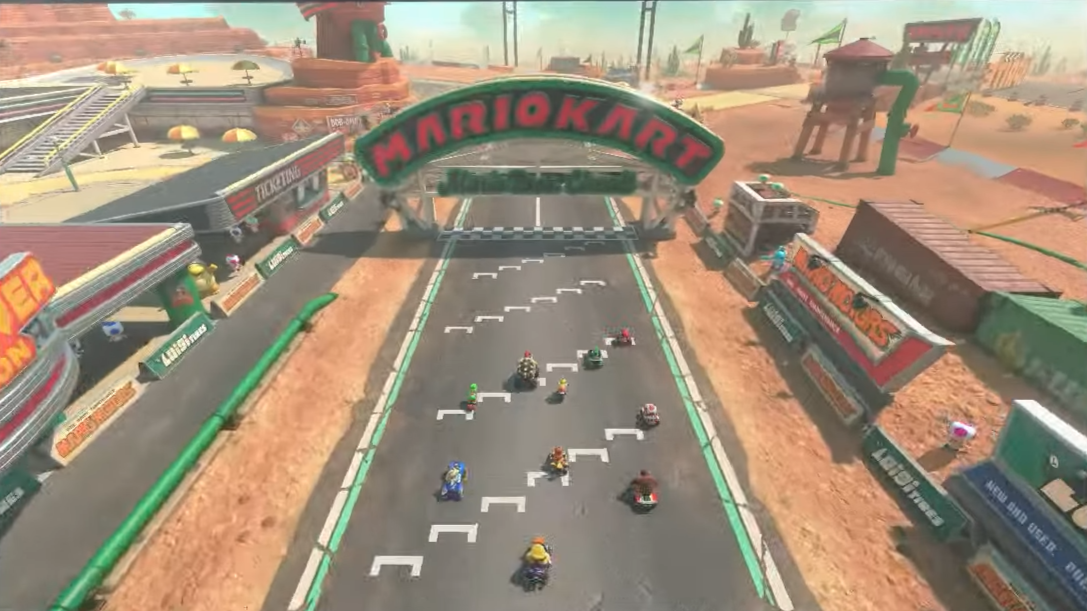
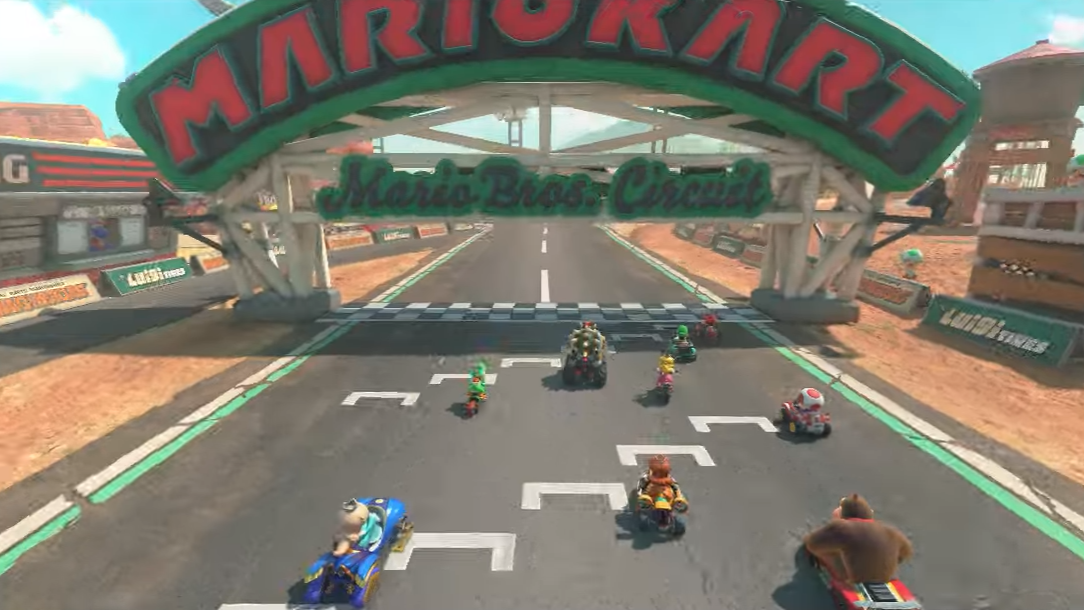 25 Images
25 Images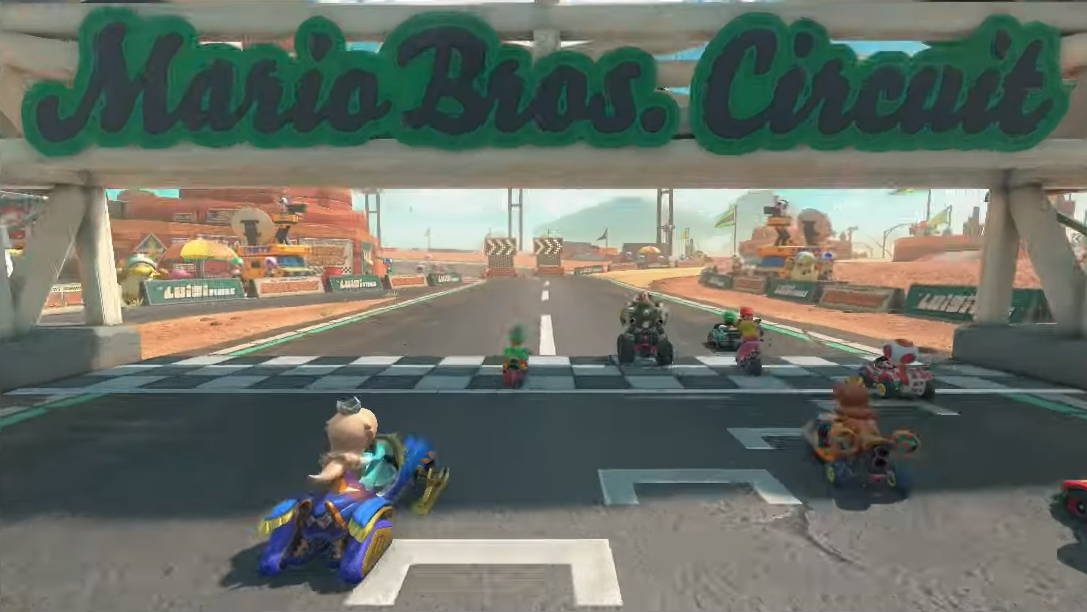
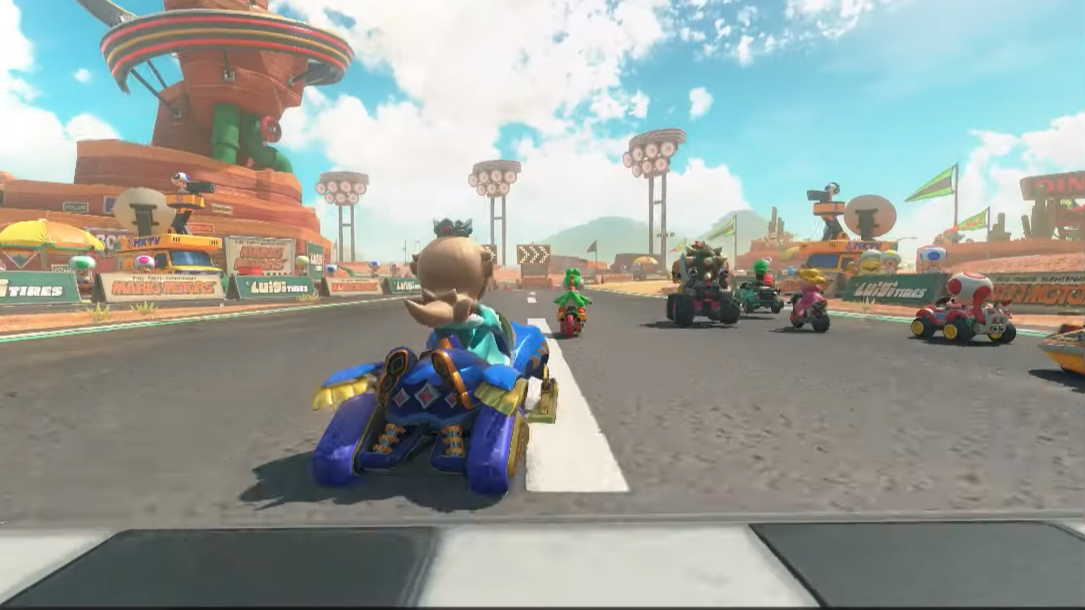

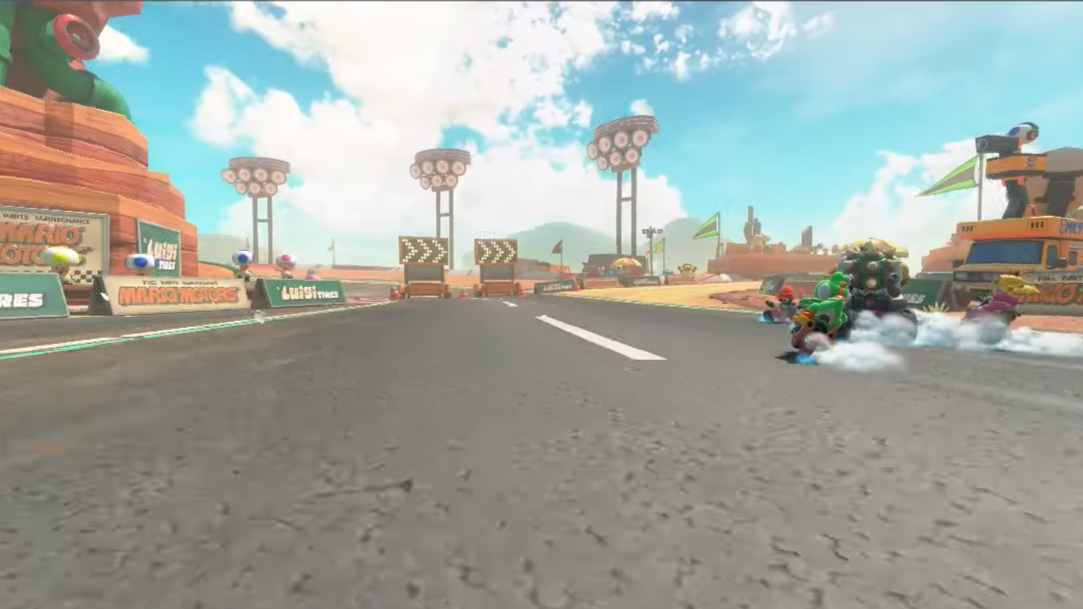 Dulay pointed out the use of "physically-based shaders" on cars and other textures within the Mario Kart 9 footage. These shaders, which react to reflections and lighting, were resource-intensive on the original Nintendo Switch, often causing performance issues. The presence of such shaders in the new footage indicates a substantial improvement in hardware capabilities.
Dulay pointed out the use of "physically-based shaders" on cars and other textures within the Mario Kart 9 footage. These shaders, which react to reflections and lighting, were resource-intensive on the original Nintendo Switch, often causing performance issues. The presence of such shaders in the new footage indicates a substantial improvement in hardware capabilities.
According to a late 2023 report by Digital Foundry, the Switch 2 is rumored to feature the Nvidia T239 ARM mobile chip with 1536 CUDA Cores, a 500% increase from the original Switch's Tegra X1 chip with only 256 CUDA cores. This leap in processing power is further supported by leaks of the Switch 2’s motherboard, suggesting an 8nm chip.
Dulay also highlighted the use of high-resolution ground textures in the Mario Kart 9 footage, which require significant RAM. The original Switch has 4GB of RAM, whereas the Switch 2 is rumored to boast 12GB, as evidenced by motherboard leaks showing two SK Hynix LPDDR5 modules. The increased RAM and potential higher memory transfer rates, possibly up to 7500MHz, could drastically enhance texture loading and overall game performance.
The Mario Kart 9 footage also showcased "true volumetric lighting," a computationally intensive feature that the original Switch struggled with. Dulay noted that the ability to run games at 60 frames per second with such lighting effects is a testament to the Switch 2's enhanced power. He also pointed out the presence of detailed shadows at far distances, another feature that was challenging to implement on the original console due to its limited processing capabilities.
Furthermore, Dulay observed the high number of onscreen textures, high poly-count characters, and real-time cloth physics on flagpoles, all of which suggest a significant leap in graphical fidelity and performance for developers transitioning from the 2017 Switch.
As we eagerly await more details and footage from the Nintendo Switch 2, Dulay's analysis offers a compelling glimpse into the potential graphical prowess of the new console. Nintendo is set to reveal more in a dedicated Direct in April. Until then, stay tuned to IGN for comprehensive coverage of the Switch 2 right here.
Latest Articles




![Taffy Tales [v1.07.3a]](https://imgs.anofc.com/uploads/32/1719554710667e529623764.jpg)



